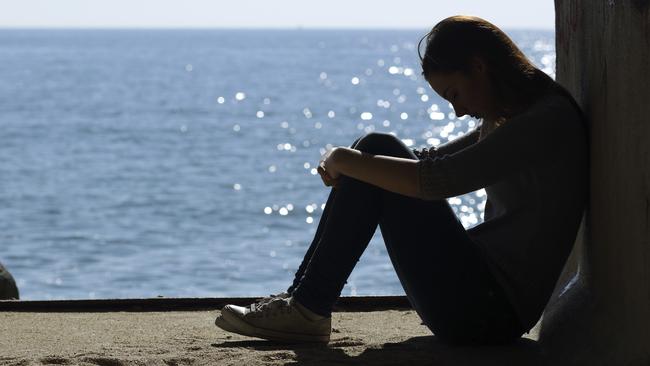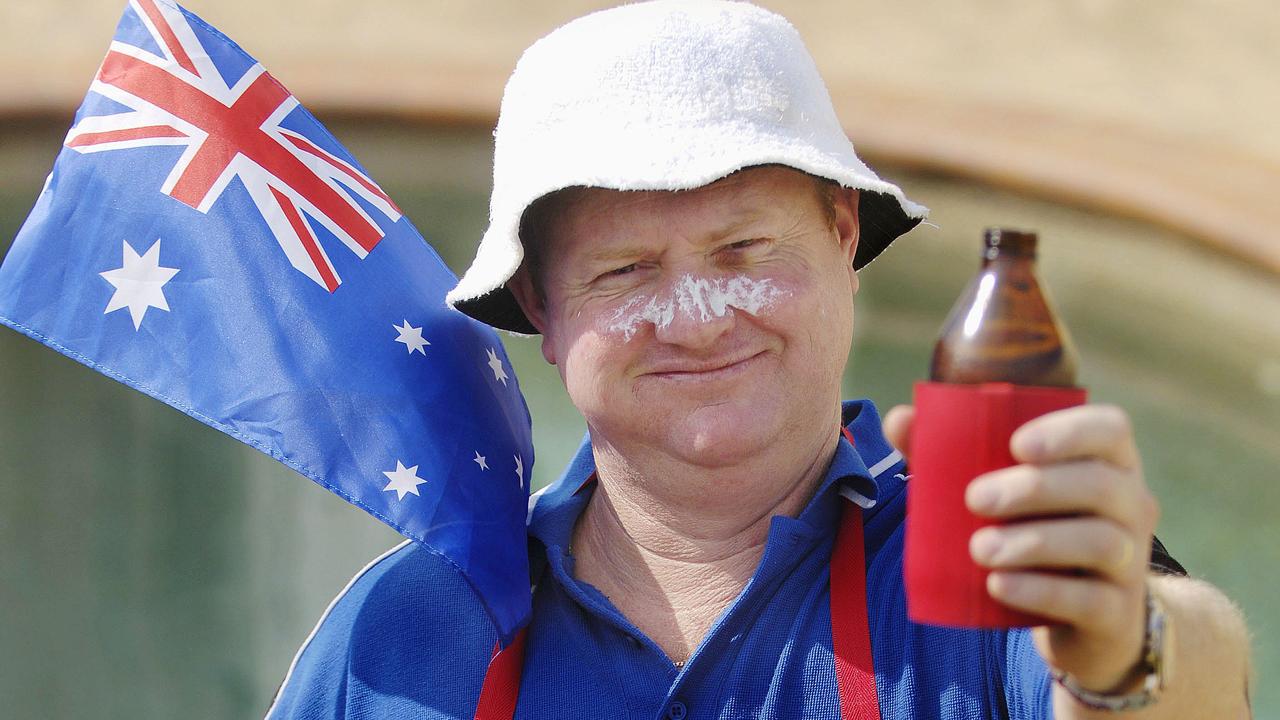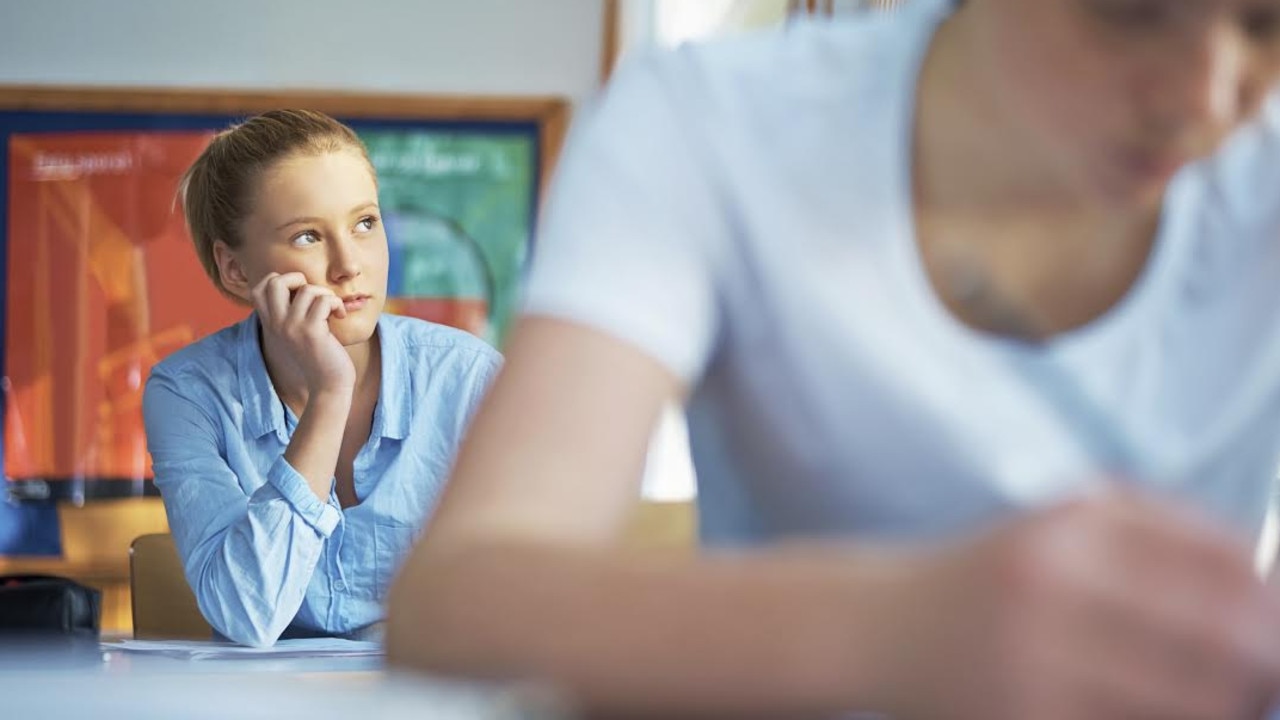Suicides should be counted in Covid death toll
If lockdown suicide rates were added to the Covid stats rattled off at daily press conferences, politicians might finally see the real toll of the pandemic.

Susie O'Brien
Don't miss out on the headlines from Susie O'Brien. Followed categories will be added to My News.
Our whole state has come to a standstill in a bid to prevent any more deaths from Covid, but in doing so, we’re put the lives of many more at risk.
Last weekend the Geelong community mourned the death by suicide of a year 9 boy. He was the third student from the same school to take his own life in less than two years.
Five other schoolboys in the area have died in the same way in the past 18 months.
A heartbroken teacher from the school took to social media.
“LOCKDOWN HAS TO END,” she wrote. “SUICIDE FROM POOR MENTAL HEALTH IS KILLING MORE PPL THAN COVID”.
She’s right. It’s time to count lives lost from suicide during the past 18 months as part of the death toll of Covid.
Covid isn’t directly to blame in each case, but draconian Covid restrictions have made things much worse for those already struggling.
Premier Daniel Andrews needs to realise the cure for Covid is leading to more death, desperation and depression than the disease itself.
The statistics are frightening.
Last year 713 Victorians took their own lives, including 19 people under the age of 18. This included 17 boys and two girls.
It’s nearly as many as the 909 people who died from Covid in Australia last year.
By May 31 this year, 276 people had taken their lives in Victoria, including four boys and five girls. By July 31 the figure had increased to eight girls.
At the same point in 2019 and 2020, just one girl had died from suicide.
This compares to the 90 people who have died from Covid across the nation in 2021 so far.
Victoria’s public health response to Covid is rightly aimed at minimising deaths, because every person’s life is worth saving.
But this approach should include minimising all deaths: not only those who die from the disease, but those who take their own lives during restrictions and lockdowns.
This mental health data urgently needs to inform our public health response.
The staunch refusal of Premier Dan Andrews to take into account the mental health impact of ongoing, endless lockdown is having deadly consequences.
Testimonials collated by the Victoria Shadow Pandemic lobby group reveal what’s really going on.
They include stories about an eight-year-old who told his mother he wanted to die. A six-year-old boy who said he “thought it would be better if I was dead” and a 10-year-old who said: “I don’t want to be alive anymore”. These were all previously happy, resilient kids.
The government can open building sites and plan major events like the Grand Prix or the AFL Grand Final, but can’t work out a way for kids to see their teachers and friends at school, for even a few days a week.
Education Minister James Merlino can pop his head up to crow in the media about NAPLAN results, but still hasn’t mapped out a plan to reopen schools next term.
At the very least, we need to give year 12s access to their teachers in the lead-up to exams, which start in early October.
The mental health of these children is just as important as the physical health of those with Covid.
Imagine how the debate would change if the catastrophic mental health toll of the pandemic and lockdowns flashed up on the TV screen each day. The number of suicides, hospital presentations from attempted suicides, treatment for suicide ideation and the number of people seeking treatment for depression.
It would shock our leaders into realising mental health is just as important as physical health, and they should be looking after both.
ABS data shows 75 per cent of young people report mental health impacts from Covid.
Hospitals are also reporting an 88 per cent increase in admissions from young people suffering self-harm and suicidal thoughts compared to a year ago.
Andrews and Sutton cannot plead ignorance on such issues. They would be aware that at the height of the pandemic in 2020, nearly one in ten Victorians seriously considered suicide.
This figure shows that the real toll from Covid goes much deeper and wider than the number of people in hospital or the number of deaths from the disease.
Some of the depression and distress young people are feeling would be minimised if they were back at school.
As one VCE student put it: “We are beyond breaking point. Self-harm statistics in my age group have risen, mental health services are overwhelmed, teachers aren’t given direction by the government. This isn’t good enough. We deserve to be heard.”
Young people not only deserve to be heard, they deserve to be back on campus where they belong.





